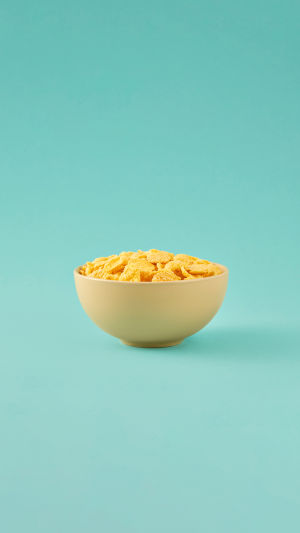Have you ever wondered how corn flakes, one of the most beloved breakfast cereals, came to be? Their story is both surprising and fascinating.
The humble beginnings of this crunchy, golden flake can be traced back to a mix of accidental discovery and a quest for healthy living.
Let’s dive into the story behind the birth of corn flakes, a product that revolutionized breakfast tables around the world.
It all started in the late 19th century with Dr. John Harvey Kellogg, a physician and health enthusiast who ran the Battle Creek Sanitarium in Michigan. Kellogg was a strong advocate of a vegetarian diet and believed that bland foods were essential to good health. He sought to create wholesome and easy-to-digest foods for his patients, and in doing so, experimented with various grains. One day, while working with his brother, Will Keith Kellogg, they made an unexpected breakthrough.
The brothers were trying to develop a new type of bread dough using boiled wheat. However, they accidentally left the dough sitting out too long, and it became stale. Instead of discarding it, they decided to roll it out to see what would happen. Much to their surprise, the stale dough flattened into thin flakes, which they then baked. The result? A crisp, light, and tasty product that would eventually evolve into the modern corn flake.
Will Kellogg saw the potential of this new flaked cereal. While his brother, John, was more focused on its health benefits, Will recognized its commercial potential. He believed it could be enjoyed by the masses, not just patients at the sanitarium. With some modifications, he replaced wheat with corn, and in 1906, Will founded the Kellogg Company, which began producing and selling corn flakes on a large scale. The new cereal was an instant hit.
But what made corn flakes so popular? It was more than just the novelty of a convenient, ready-to-eat breakfast. The early 20th century was a time of major social and cultural change in America. People were moving to cities, industrialization was in full swing, and daily routines were becoming more hectic. Corn flakes were a quick, easy, and affordable meal that fit perfectly into this new lifestyle. Breakfast no longer required hours of preparation; it could be poured straight from the box into a bowl.
Another reason for the popularity of corn flakes was the clever marketing that Will Kellogg employed. He understood the importance of branding and packaging, making sure that Kellogg’s corn flakes were prominently displayed in stores. He also emphasized the health benefits of the cereal, promoting it as a nutritious and wholesome food, which appealed to the health-conscious consumer of the time.
Corn flakes weren’t without competition. In fact, many imitators soon followed, leading to a cereal boom in the early 1900s. Companies like Post and Quaker Oats entered the market with their own versions of flaked cereals. However, Kellogg’s corn flakes remained a favorite due to their consistent quality and taste. Over the years, the Kellogg Company expanded its product line, but corn flakes continued to be a staple in American households, and soon, around the world.
Today, corn flakes are a breakfast icon, enjoyed by millions. Whether eaten with milk, topped with fruit, or even used in recipes for cookies and casseroles, they have a versatility that has stood the test of time. The story of their accidental invention is a reminder of how simple mistakes can lead to groundbreaking innovations.
In conclusion, the birth of corn flakes is a tale of innovation, health, and a bit of serendipity. From a small sanitarium kitchen experiment to breakfast tables worldwide, corn flakes have left a lasting legacy. They have transformed the way we think about breakfast, proving that even the simplest of foods can have a major impact.





